To what extent has the robot developed now?
At the moment when the illusory meta-universe is swiping the screen at a high frequency, this question is almost like a parallel existence, attracting our curiosity. Because it is about the process of intelligent life, and the quality and efficiency of letting robots serve us humans.
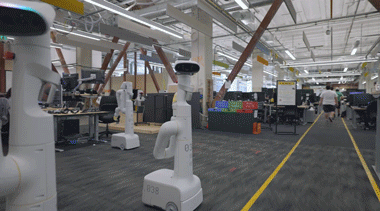
There is such a view: Today's robotic world is very similar to the computer world of 50 years ago. There are many discussions and optimistic views about what robots can help people do in their daily lives, but what is certain is that there is still a long way to go in the future.
Most robots are like mainframe computers in the 1960s and 1970s: expensive specialized machines, operated by experts, and performing specialized tasks in specially designed environments.
A series of innovations, especially the invention of the microprocessor, made computers cheaper, smaller, and more powerful than anyone thought. At this time, we are also at the node of a similar transformation in robotics. The latest advances in machine learning, coupled with increasingly sophisticated and advanced sensor technology and low-cost hardware, mean that we are closer than ever to making robots mainstream.
We know that humans can naturally combine vision, understanding, navigation and action to walk around and achieve their goals, and robots usually require careful instructions and coding to accomplish these things. This is why robots quickly become very complicated to perform tasks that we consider easy in a highly variable environment.
At present, there are many players in various service areas such as home services, terminal distribution, commercial cleaning and guidance and explanation. But what level and stage has the robotics field reached?
We have noticed that Google, the ceiling-level company in the AI field, has released a noteworthy news that Google’s parent company Alphabet has deployed more than 100 autonomous robots around its offices to perform cleaning, garbage sorting and other simple tasks. This task was contracted to these robots with onboard artificial intelligence software, from Alphabet's Everyday Robots company, which has a sense of immediate vision of raising soldiers for thousands of days.
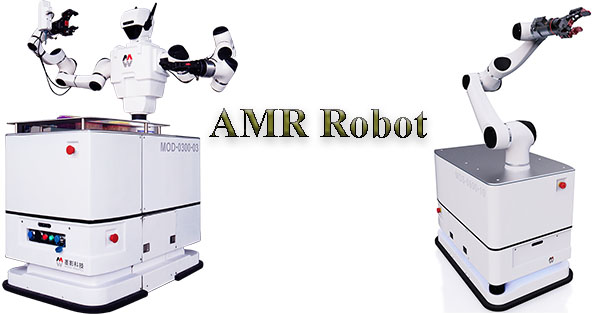
We are also trying to explore this very representative robot company to understand the capabilities that robots can reach now and their future-oriented thinking.
It is understood that the reason why Alphabet has to deploy so many of its own robots is to build a general-purpose robot that can learn by itself and handle multiple tasks in an "unstructured" environment, instead of just targeting one in a single laboratory environment. Pre-programmed for specific tasks.
Currently, about 100 prototypes are being sorted, recycled and wiped off tables in the Google campus in the Bay Area.
The main reason for this is to allow robots to function in the daily environment. It is necessary to get rid of the painstaking coding of them, but to complete specific structured tasks at the right time and in the right way. The final conclusion is that engineers must teach machines to perform useful tasks, not just program them.
They arranged tasks such as garbage sorting and cleaning for the robots in the office area. In a typical office, because no one screens garbage to check for contamination, it is a very valuable question to let robots do this work. Now the same garbage sorting robot can be equipped with a squeegee to wipe the table, and can learn to open the door with the same gripper that grabs the cup.
These machines have a large wheeled base with a long post extending out. At the top is a multi-camera array, with a rotating lidar sensor located below to "understand the world around you".
In order for these robots to learn how to complete these tasks, engineers use a variety of machine learning techniques. These include simulation, reinforcement learning and collaborative learning. Every night, tens of thousands of virtual robots practice garbage sorting in a virtual office in a cloud simulator; then transfer their training to real robots to improve their sorting capabilities. This real-world training is then re-integrated into the simulated training data and shared with other robots in order to share the experience and learning of each robot with all robots.
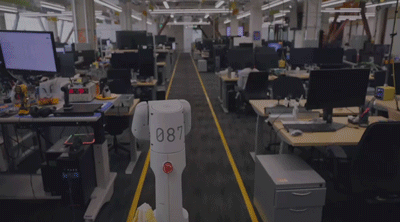
After such high-intensity learning, it is now possible to learn complex tasks (for example, opening doors) in one day, with a higher success rate than five years ago, when it took "four months" to grasp objects.
In the past few months, these robots have sorted thousands of pieces of trash and reduced the level of trash pollution in the office from 20% (the level when people put items in pallets) to less than 5%.
Taken together, they show that it is possible to create a AI robot system that integrates all the functions of the robot and can do some really useful things: reduce the pollution level to less than 5%, and successfully transfer waste from the landfill. Second, they proved that robots can learn how to perform new tasks in the real world through practice, instead of having engineers "hand-write" every new task, anomaly, or improvement.
Can you really feel that such a force from robots is driving the arrival of a smarter world? Behind this is such a company that cannot be avoided, and that is this company called Everyday Robots. It's also time to introduce some of this key role.
They originated from Google’s Moon Landing Plant X, and worked with Google’s team to build a new type of robot. A robot that can learn by itself and can help anyone (almost) anything.
Their vision is to create robots that are transformative to the physical world, just like our computer's transformative power in the digital world. But to do this, we first need to solve the most difficult problem in robotics-building robots that can learn how to help us handle everything.
Today's robots are very good at three things-strength, precision, and repetition. But they are really bad in other ways: understand the new space and environment, and do more than one thing. In short, their very narrow abilities come from people who program them to solve only one problem in an environment.
So how to crack, in order to bridge the gap between today's single-purpose robots and tomorrow's auxiliary robots, their company is building robots that live in our world and can learn by themselves. This is a multifaceted challenge, even more difficult than making self-driving cars, because robotics has no rules to follow.
"We are moving away from a world where robots must be carefully coded, and toward a future where robots can learn." This is the goal that Everyday Robots has always emphasized.
They seek to turn the assistant robots in science fiction into reality. Doing so requires solving the most difficult problems in robotics. Once reached, this can solve the small problems that take up billions of hours a day and provide people all over the world with precious time to do things that can unleash our potential.
Compared with the meta-universe, aside from the virtual world, robots may be more real. Once the technology and products are mature, it will push humans to trust robots to handle time-consuming, repetitive and boring daily tasks. A world in which we can choose to spend our time on things that really matter will also come out.
AI service Robot;
robot waitress;
robot waiter.

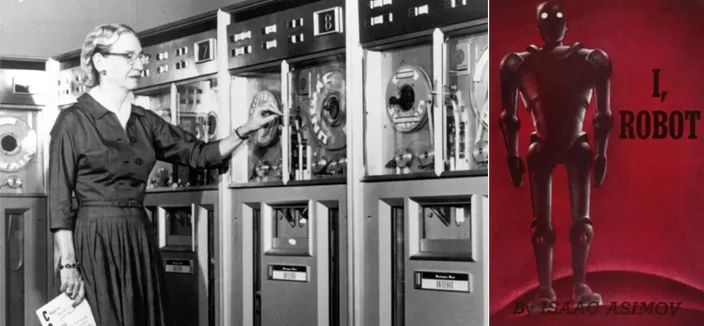
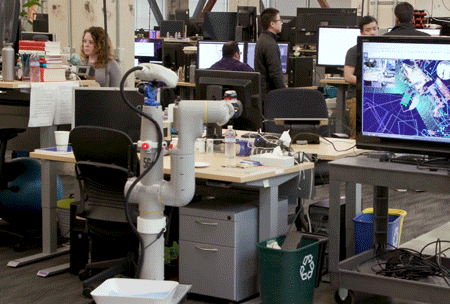
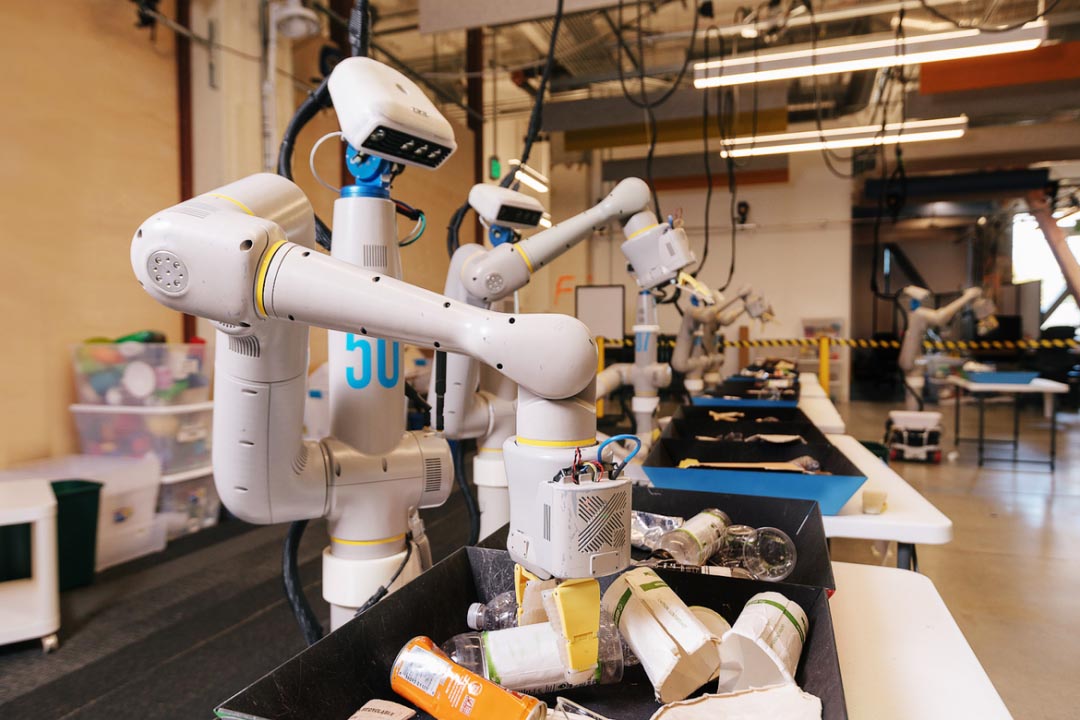
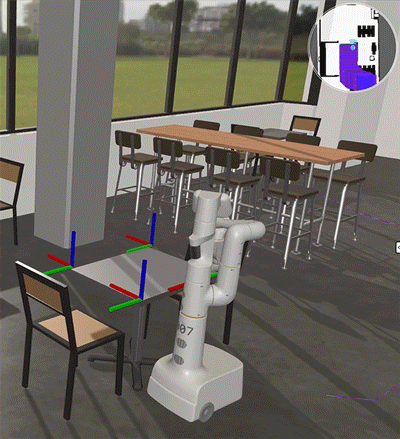

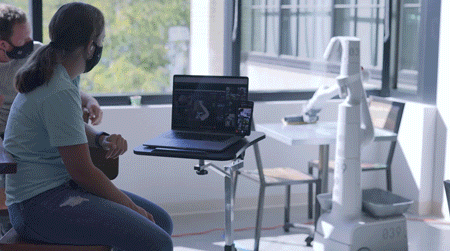
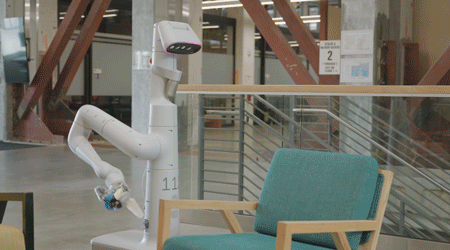
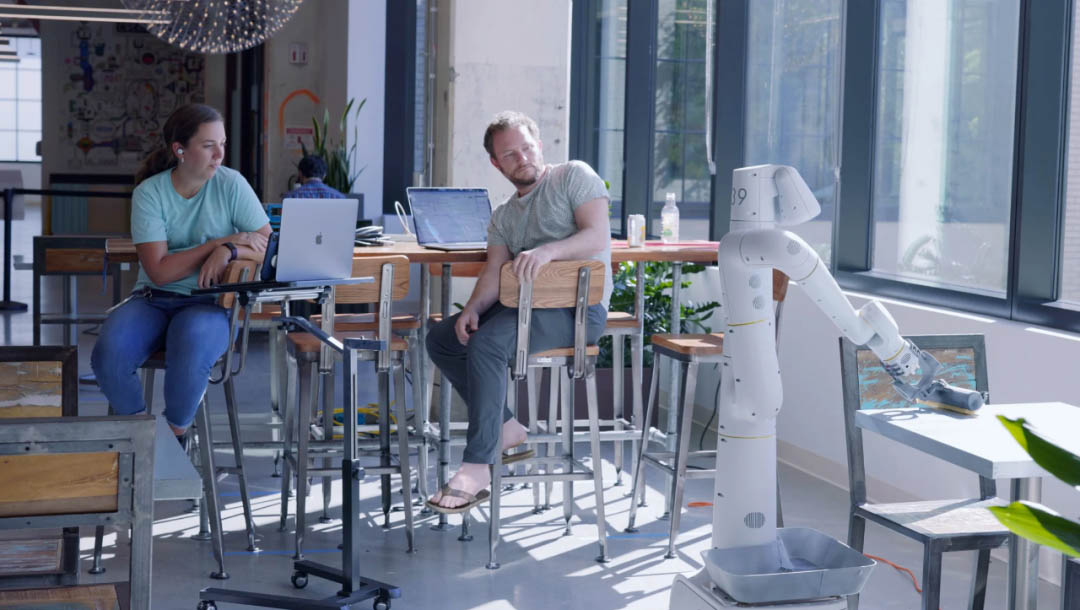
 Online service
Online service 4000988557
4000988557 sales1@troysupply.com
sales1@troysupply.com sales2@troysupply.com
sales2@troysupply.com gfreex@hotmail.com
gfreex@hotmail.com Felix
Felix 8936906
8936906 Troysupply_com
Troysupply_com